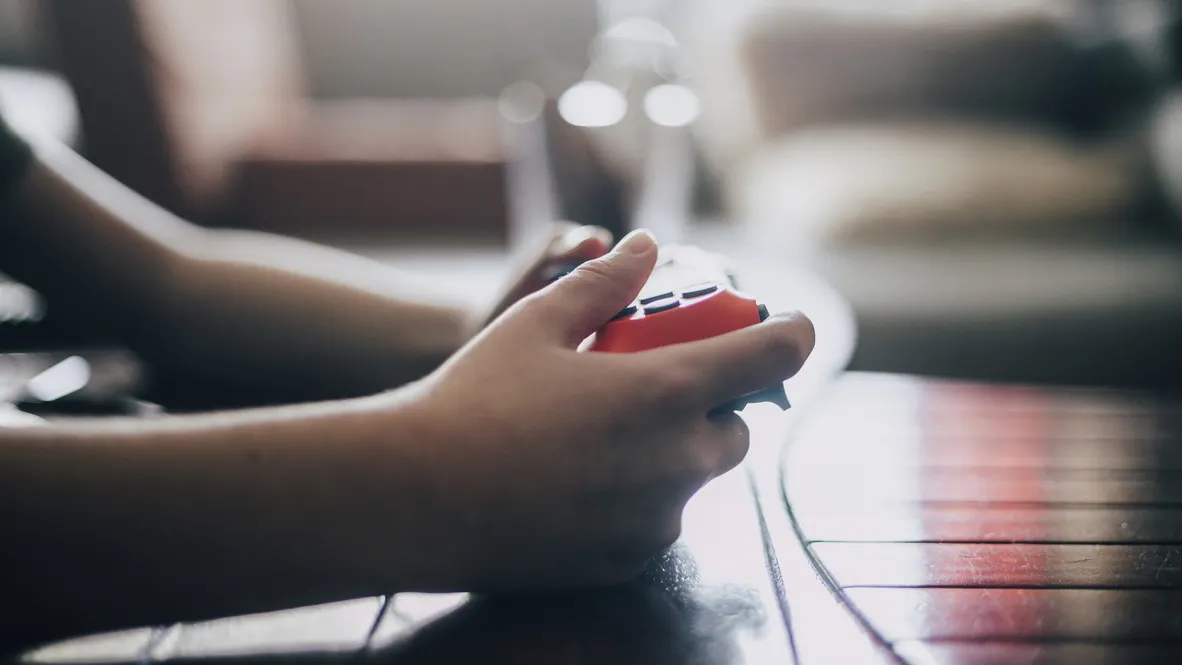Higher amounts of screen time might be connected to an increased risk of developing obsessive-compulsive disorder, according to a new study.
The study, published on Monday in the Journal of Adolescent Health, included around 9,200 children between the ages of nine and ten who reported how long they use screens. The different uses involved video game playing, watching videos, watching movies or shows, texting, chatting with people over video, and using social media sites.
Two years after they discussed the time they spend on each activity, scientists asked their parents about diagnoses of OCD, as well as symptoms of OCD. The researchers found that every additional hour of watching videos and playing video games was connected “with a subsequent OCD diagnosis.”
The study reported that every additional hour of playing video games was connected with a 13% higher risk of future OCD, and every additional hour of watching videos was connected with 11% more risk. When they followed up after two years, the researchers found that 4.4% of the cohort had developed new-onset OCD from baseline. In addition, 6.6% “met diagnostic criteria for OCD.”
OCD is defined by the National Institute of Mental Health as “a common, chronic, and long-lasting disorder” where someone “has uncontrollable, reoccurring thoughts” “and/or behaviors” that someone “feels the urge to repeat over and over.”
According to the American Academy of Child and Adolescent Psychiatry, OCD typically starts in late teen years and when someone is in their early adult years. It occurs in 1 in 200 kids and teens. Between 1% and 3% of kids and teens have OCD, according to Evolve Treatment Centers.
“Although screen time can have important benefits such as education and increased socialization, parents should be aware of the potential risks, especially to mental health,” Dr. Jason Nagata, who led the study, said. “Children who spend excessive time playing video games report feeling the need to play more and more and being unable to stop despite trying.”
“Intrusive thoughts about video game content could develop into obsessions or compulsions,” Nagata added. “Screen addictions are associated with compulsivity and loss of behavioral control, which are core symptoms of OCD.”
The algorithmic model and ads on sites like YouTube could create an environment “for compulsive viewing of homogenous content,” the study noted.
Video chat, social media use, and texting were not as commonly used in the group of children who were in the study.
While the research does not necessarily show a causal link, the association is one that could provide further insight into the effects of screen time. The purpose of the study was “to determine the prospective associations between baseline screen time and obsessive-compulsive disorder” after two years in a national group of kids ages nine to ten. Family history was incorporated as a covariate.
In the study, scientists noted that research done in the future should look at what connects video game playing and video watching to the development of OCD.
“Families can develop a media use plan which could include screen-free times including before bedtime,” Nagata said.
The study noted that mental health issues and the use of screens among teens have gone up in the past few years, brought on by the pandemic.
According to Physician’s Weekly, 89% of participants in a self-reporting study said they were in front of screens more often when the lockdown happened. Younger people said they had more “symptoms of digital eye strain,” and eyestrain and headaches were the most frequent types of strain, according to the publication.
Another study published in JAMA Pediatrics last year showed that adolescent use of screens in the early days of the pandemic was around twice as much than it was before the pandemic. Prior to the pandemic, the estimates “from the same cohort at baseline” were 3.8 hours per day, but some variables could explain the differences, the study noted. It found that adolescent screen time was 7.7 hours per day early in the COVID pandemic.

.png)
.png)

